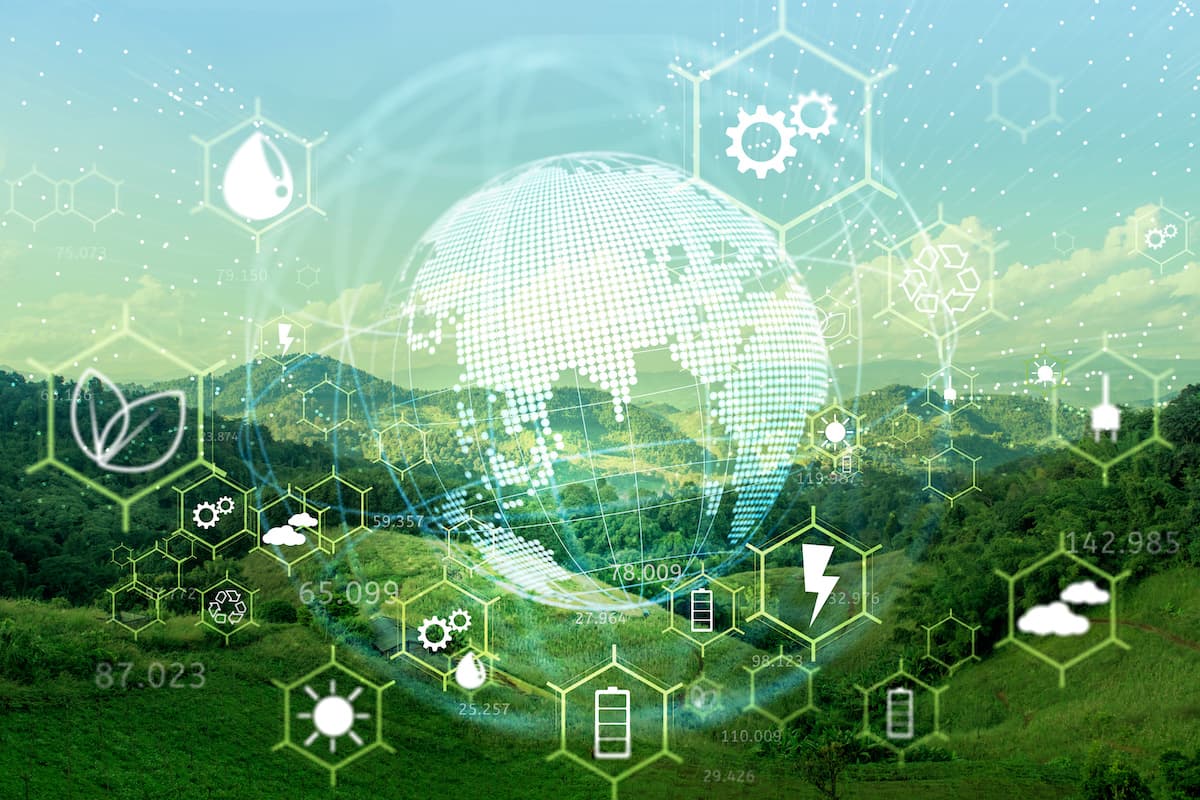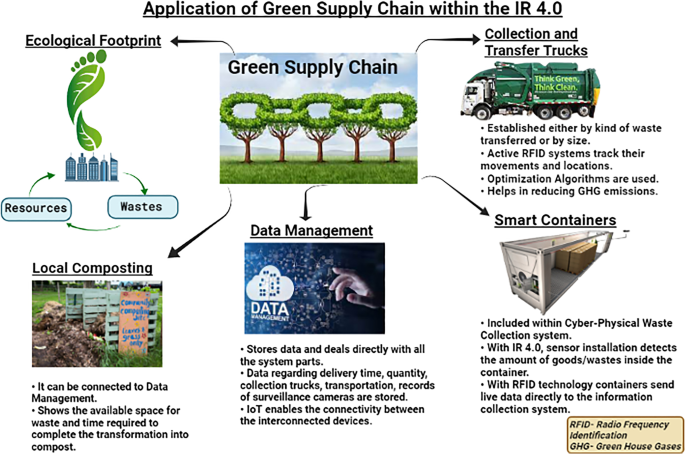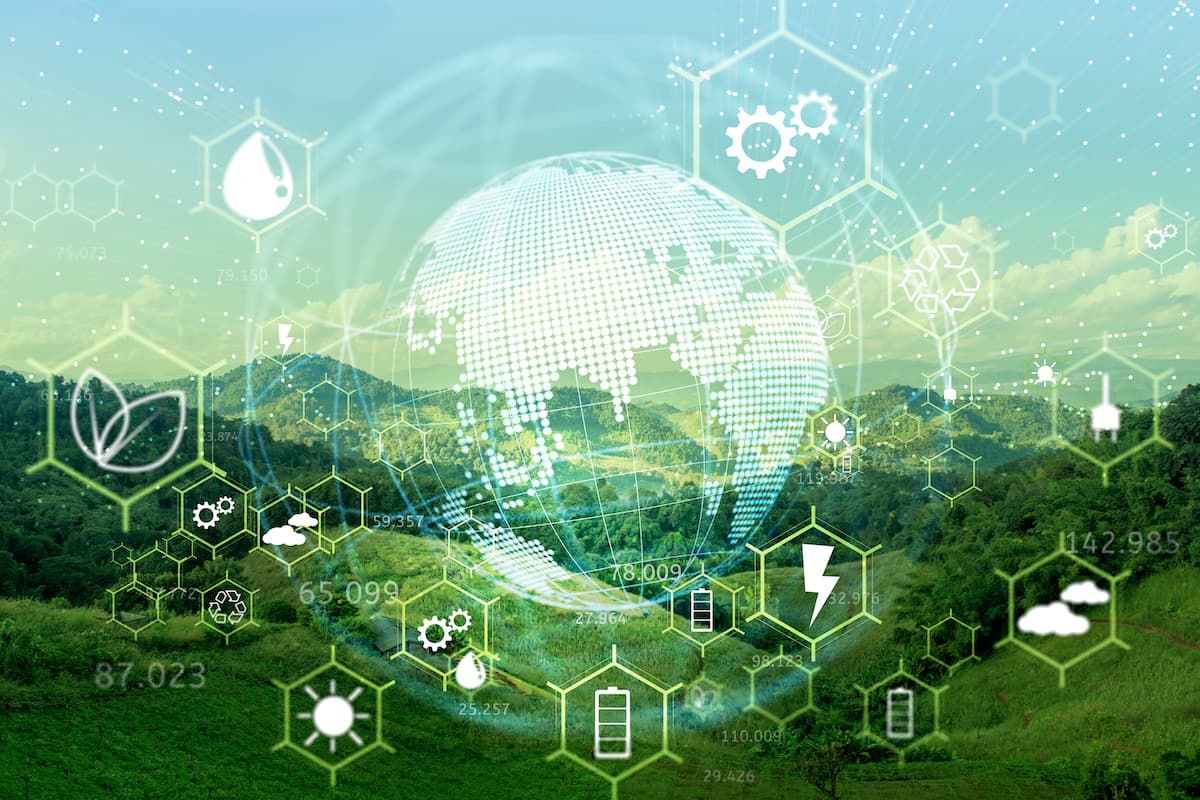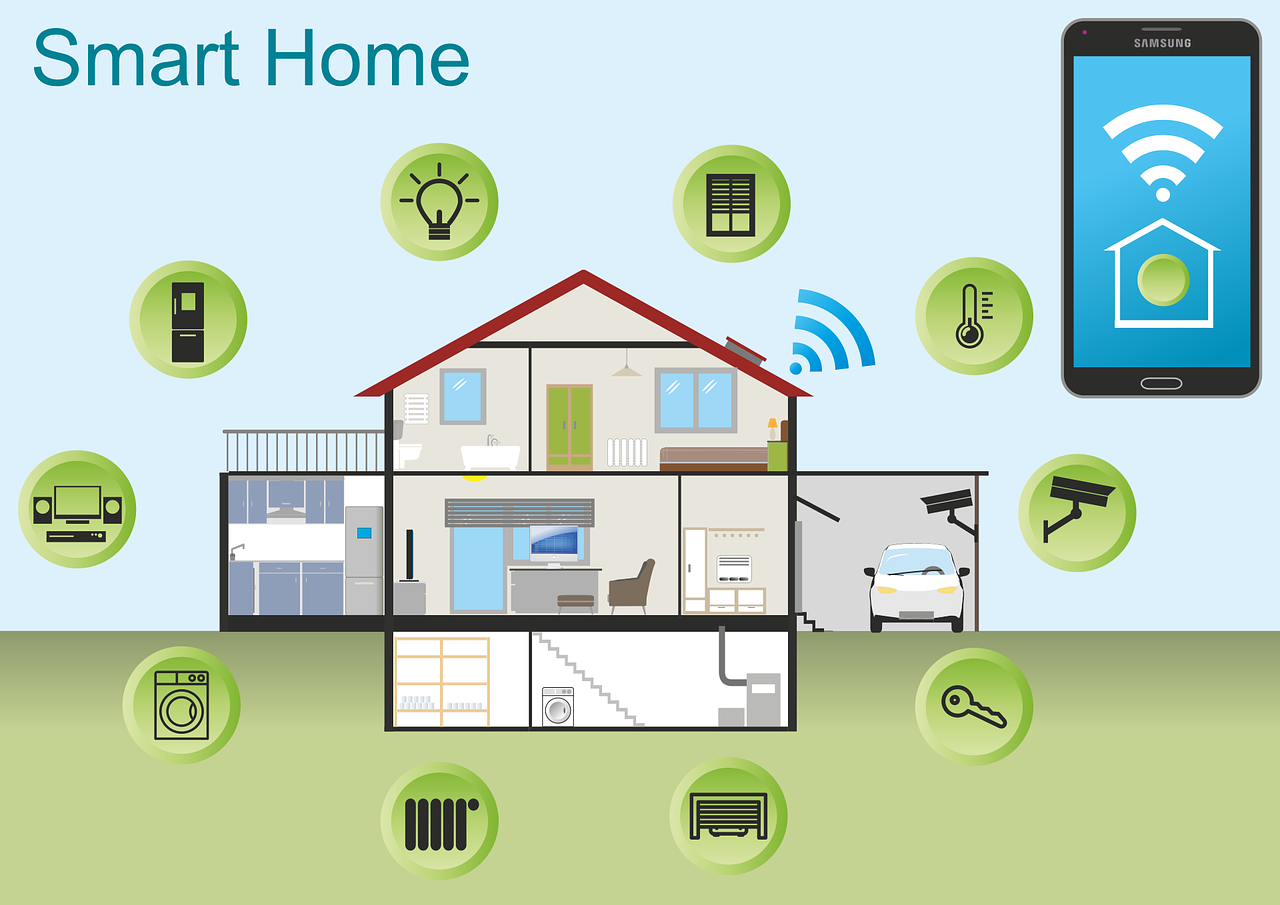Drone technology has revolutionized industries across the globe, unlocking new possibilities in various fields. From aerial photography to package delivery, drones have quickly become an integral part of our lives. In this blog post, we will explore the vast potential of drone technology and its applications in different sectors.
1. Aerial Photography and Videography: Drones have transformed the world of photography and videography by providing a unique perspective from above. They enable photographers and filmmakers to capture stunning aerial shots that were previously only possible with expensive equipment or helicopters. Whether it’s for real estate listings, wedding videos, or travel documentaries, drones offer an affordable and accessible solution for breathtaking aerial footage.
2. Environmental Monitoring: Drones equipped with sensors and cameras can play a crucial role in environmental monitoring. They can be used to assess air and water quality, monitor wildlife populations, and keep an eye on deforestation or illegal activities in protected areas. By providing real-time data and imagery, drones aid in making informed decisions for conservation and environmental management.
3. Infrastructure Inspection: Traditionally, inspecting bridges, power lines, or tall structures required costly equipment and endangering human lives. Drones provide a safer and more cost-effective alternative by conducting inspections remotely. Equipped with high-resolution cameras and thermal imaging technology, drones can identify structural defects, corrosion, or other issues that require attention, allowing for timely maintenance and improved safety.
4. Agriculture and Crop Monitoring: Drones have a significant impact on the agricultural sector. They can be equipped with multispectral or thermal cameras to monitor crop health, detect nutrient deficiencies, or identify early signs of disease or pests. By providing farmers with actionable data, drones enable precise intervention and resource optimization, leading to increased crop yields and reduced environmental impact.
5. Delivery and Logistics: E-commerce companies and logistics providers are exploring the use of drones for fast and efficient delivery. Drones equipped with GPS and computer vision technology can navigate autonomously, reaching remote locations or congested urban areas with ease. While regulatory frameworks and infrastructure challenges need to be addressed, drone delivery holds immense potential to revolutionize the way we receive goods and services.
6. Search and Rescue Operations: Drones are instrumental in search and rescue missions. Equipped with thermal cameras, they provide a bird’s-eye view, helping rescuers locate missing persons in difficult terrain or disaster-stricken areas quickly. Drones equipped with loudspeakers or medical supply delivery capabilities can also provide immediate aid to those in need.
As drone technology continues to evolve, we can anticipate even more innovative applications to emerge. From 3D mapping to infrastructure construction and monitoring, the possibilities are endless. However, it’s essential to consider the regulatory and ethical aspects surrounding drones to ensure their safe and responsible use.
In conclusion, drones have unlocked the skies and opened up a world of possibilities across various sectors. They have transformed industries, improved efficiency, and provided solutions to complex challenges. With ongoing advancements, the future of drone technology looks promising, and we can expect to witness further transformative impacts in the years to come.











